Technically getting one surface flat is easy. Hell, it’s one of the first thing you learn in measurement science (three plates and perfect smoothness). However a mirror isn’t just about being flat, it is also about light reflection. And that makes it more interesting. In a perfect vacuum, you could do a silver mirror without the glass and have it be perfectly flat and not worry about oxidation. But the reality of making that mirror stay perfectly reflective means that glass or similar is usually involved. And then you move away from the perfect flatness problem (relatively easy) to perfectly parallel planes (significantly harder).
Furthermore, keeping a plane or surface perfectly.flat after manufacture requires uniform temperatures, which are rarely present in amateur telescopes.
The end result is almost always the introduction of additional error.
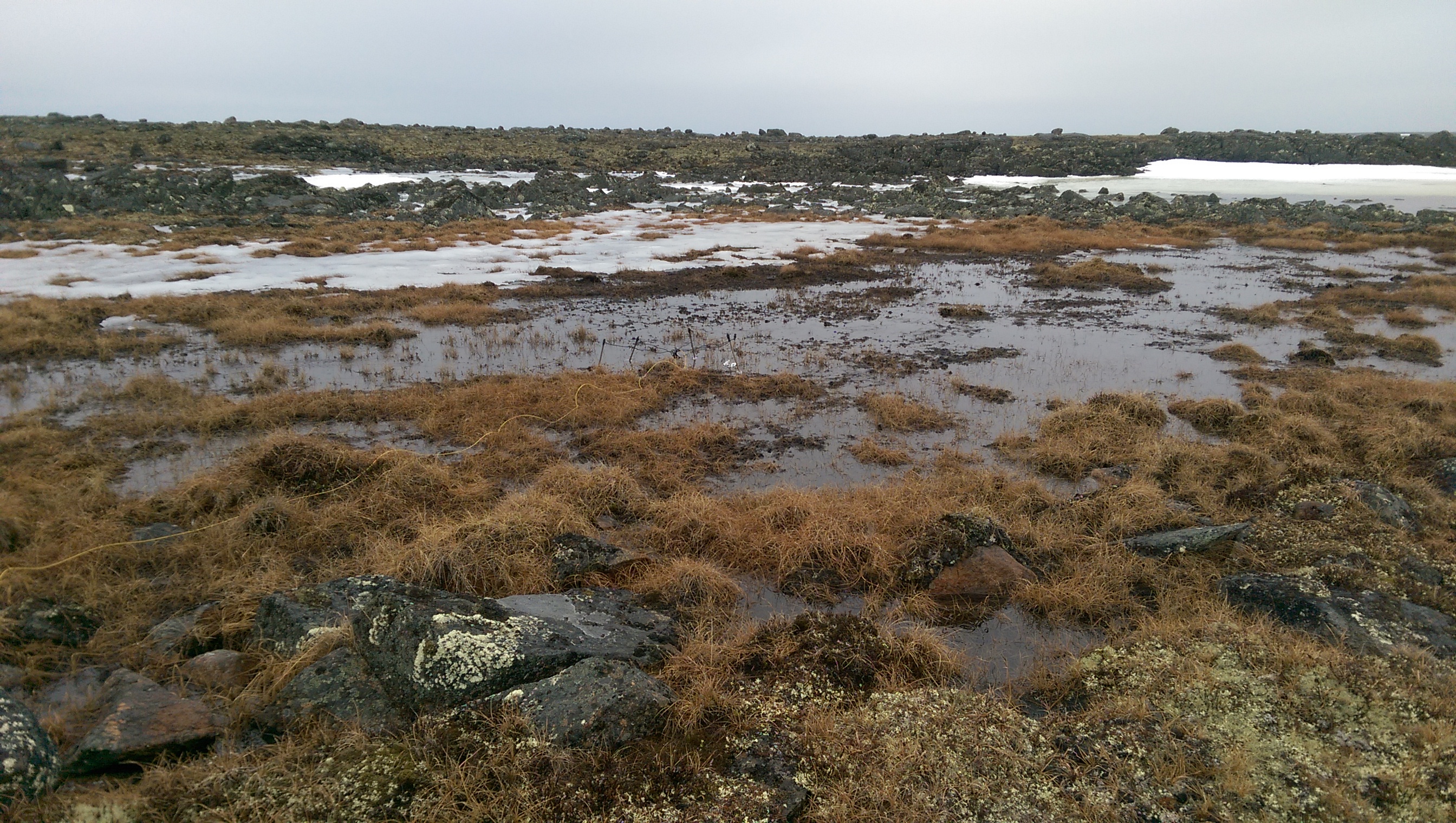






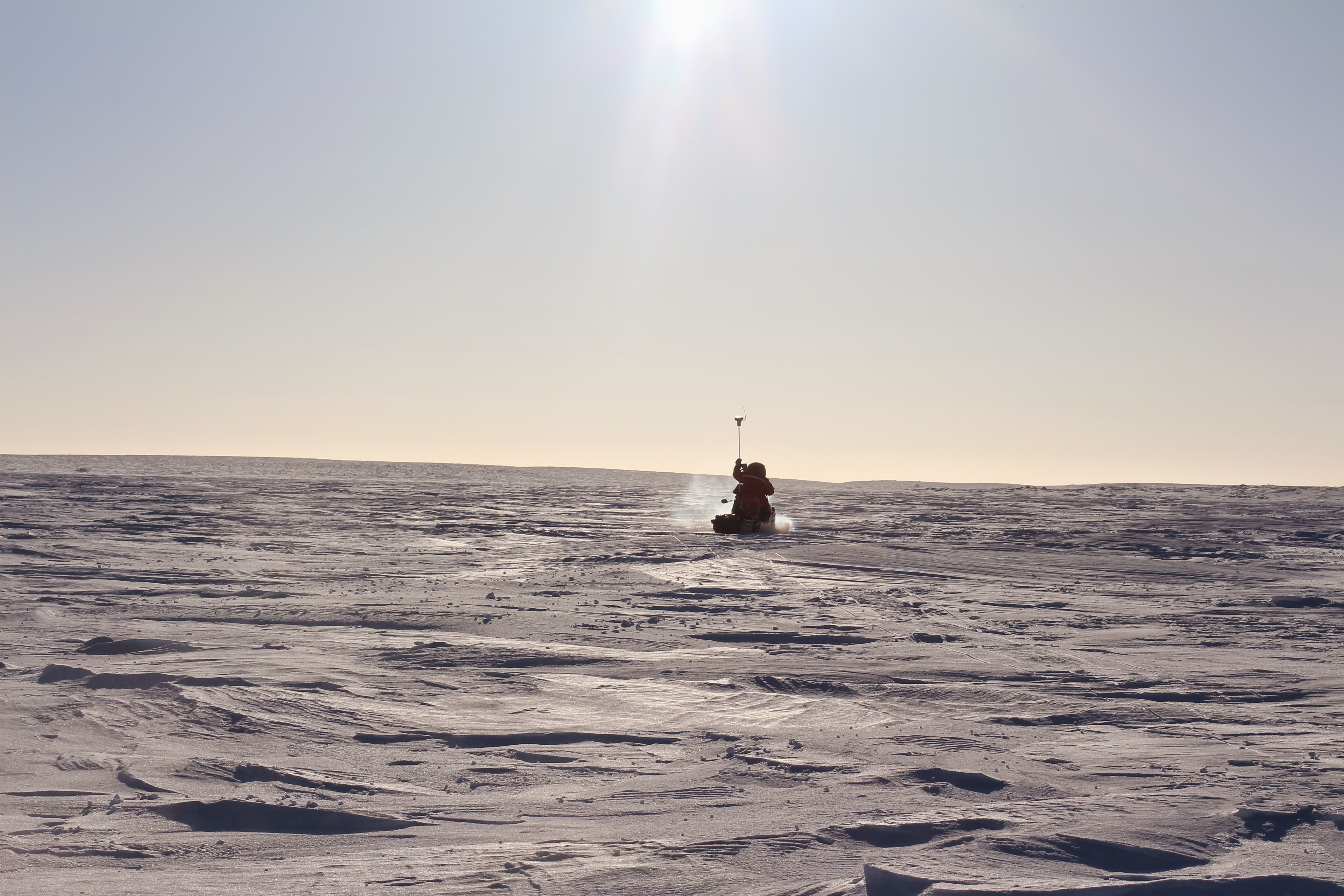









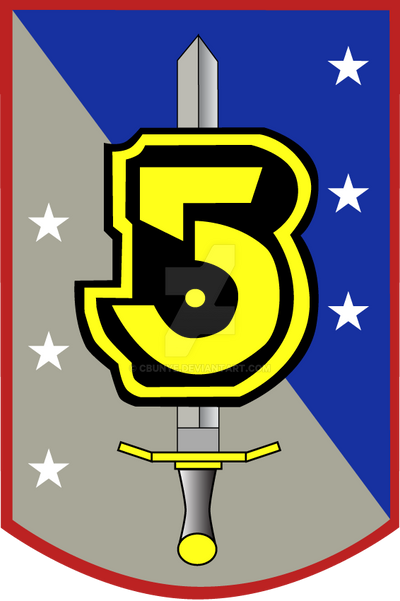







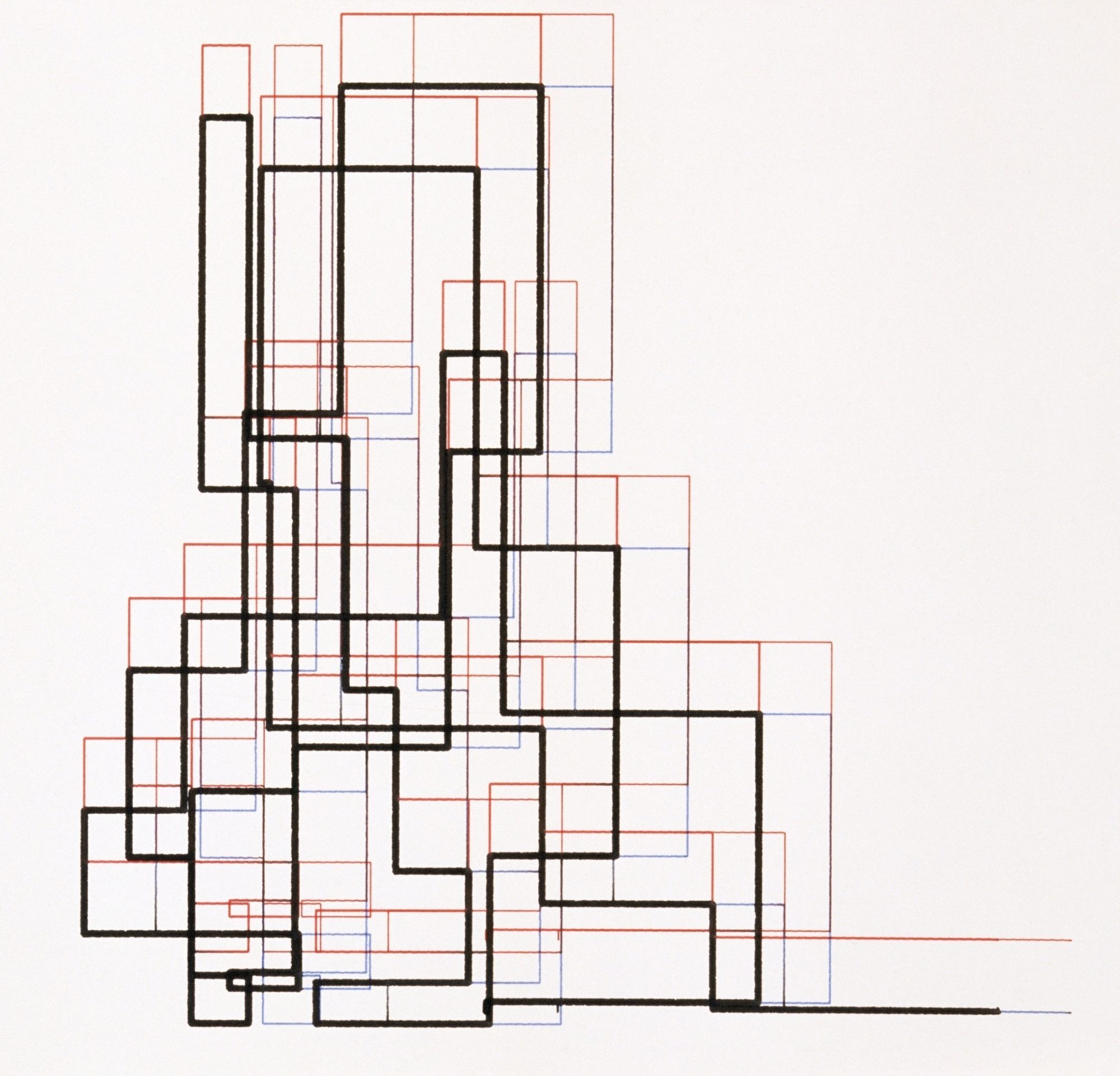




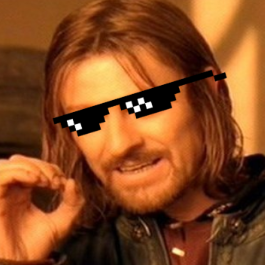

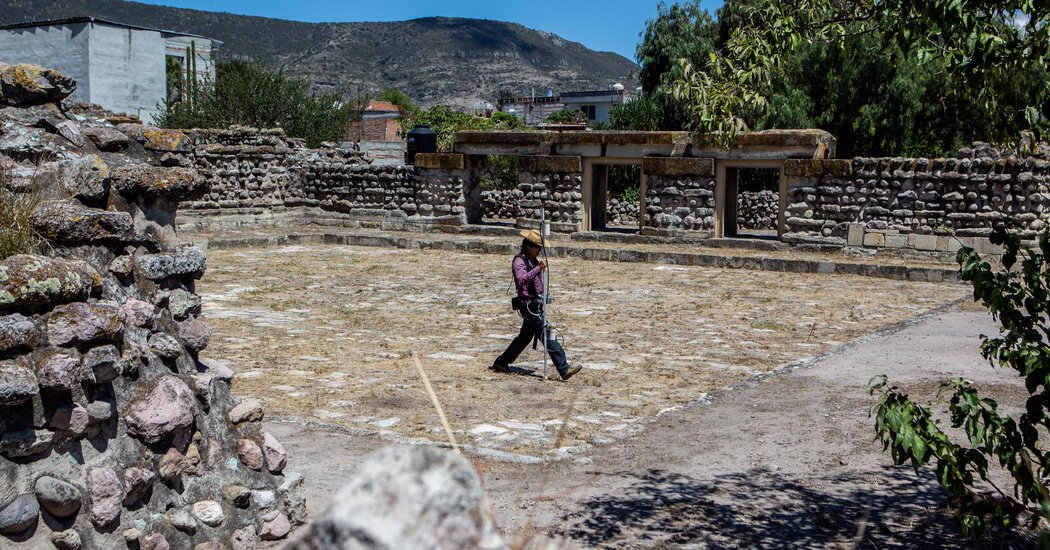

Fingers